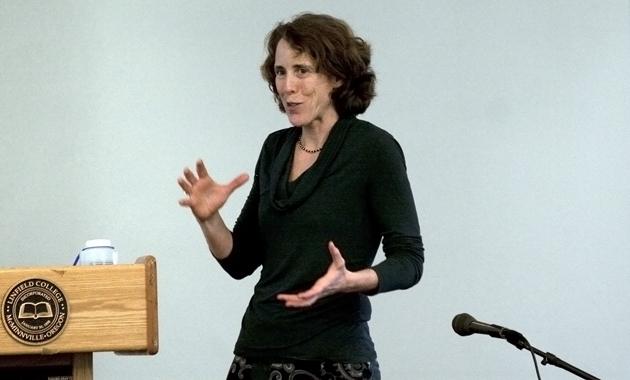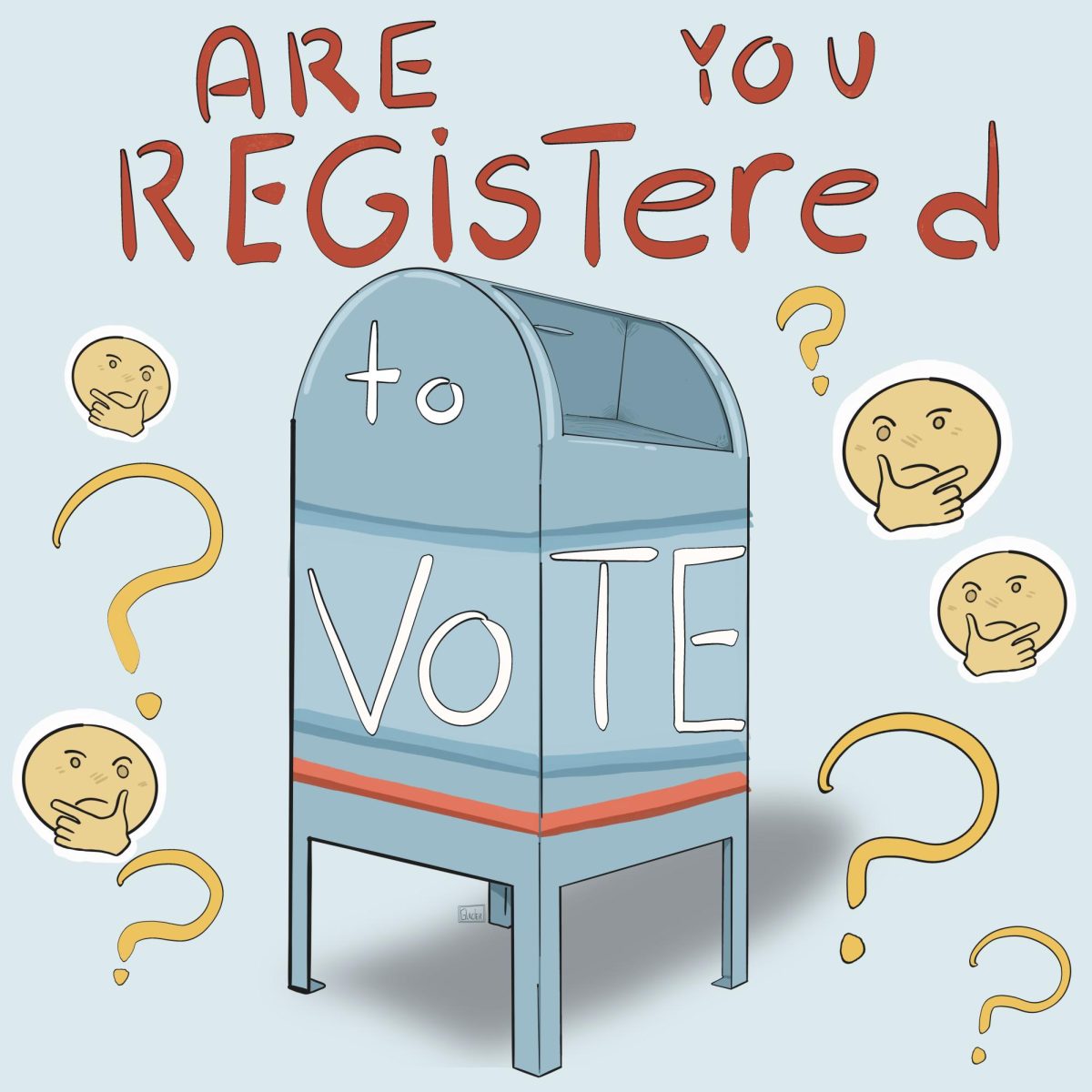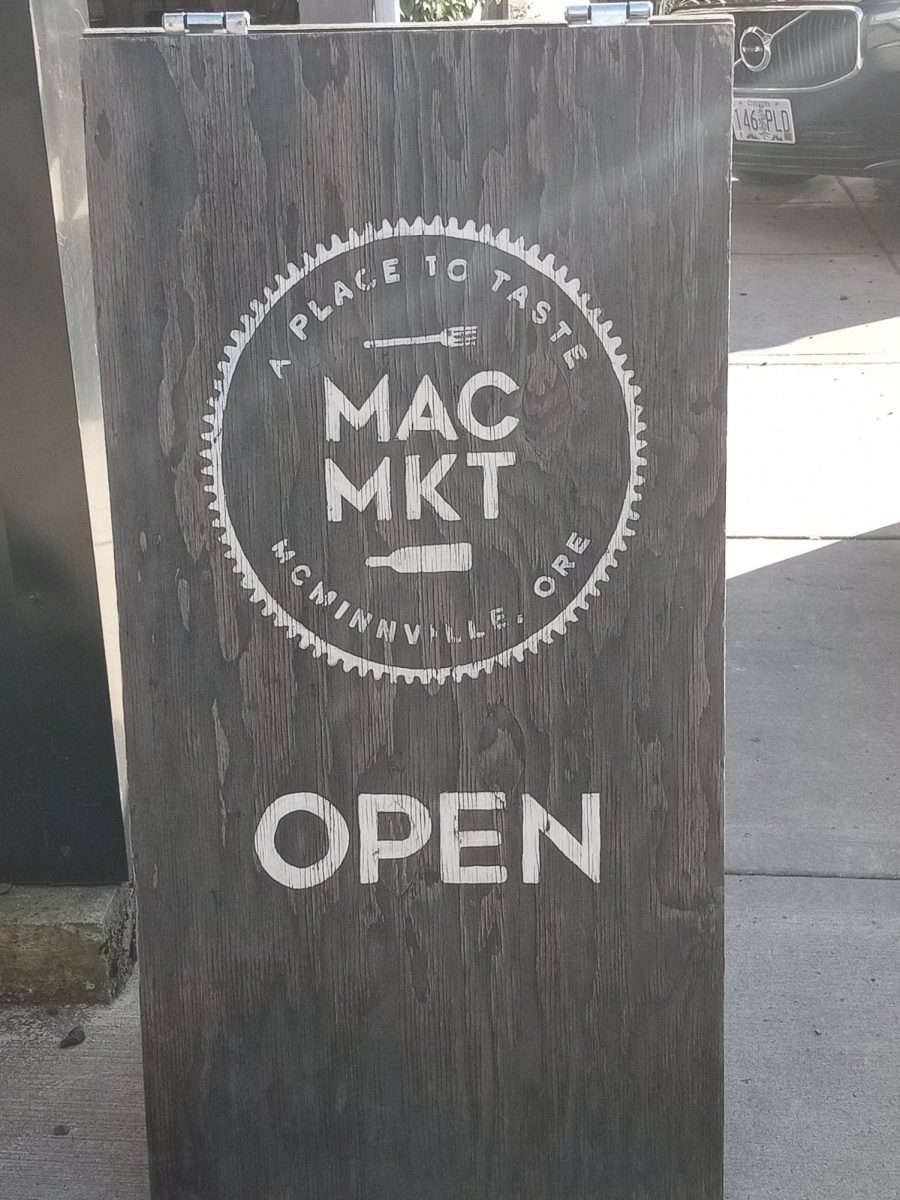
A guest lecturer discussed the aftermath of the United States’ top-secret radiation experimentation in the Pacific Ocean during a lecture held in Jonasson Hall on April 12.
Based on participatory research on the Marshall Islands, Holly Barker, an anthropologist and adviser to the government of the Republic of the Marshall Islands, brought to Linfield the history of nuclear testing on the islands and discussed how anthropology helps in the aftermath.
“The U.S. government had perspectives of doing research instead of treating radiated people,” Barker said. “[We should] understand cultural and environmental effects after radiation and how the Marshallese survived.”
During a span of 41 years (1945-86), the United States conducted 67 nuclear tests on the Bikini and Enewetak atolls in the Marshall Islands to learn more about the capabilities of its newest weapon and to win the Cold War. The
United States detonated the largest American weapon ever tested, the Bravo Shot, on March 1, 1954. It was the equivalent of 1,000 Hiroshima-sized bombs.
Barker said that following Bravo, U.S. government researchers evacuated some of the Marshallese and enrolled them in a secret medical experiment called Project 4.1 to study the effects of radiation on human beings.
“We never knew what was going on,” a Marshallese enrolled in the research said, according to a document of medical experimentation presented as part of Barker’s lecture. “They took my blood, mixed it with something and shot it back into me. They never asked me if they could do this. They just did it.”
Barker said that U.S. researchers wanted to keep people living next to the testing island and did research studies by age and gender to test which groups were influenced more by radiation.
Sophomore Bouquet Harger said “her mind was blown” when she heard that Marshallese had to endure about 1.7 Hiroshima bombs every day for 12 years, and she felt that the people of the Marshall Islands who were and are still affected by the radiation deserve compensation from the United States.
Beyond the participants of Project 4.1, the U.S. government contributes only $7 per patient per month for the communities affected most by the testing program and for people with confirmed radiogenic illnesses, such as cancer, according to Barker’s lecture.
“We ate food that made our throats swell and close up and even made us shake like we had epilepsy … We had no choice but to go back to Rongelop [in 1957],” Chiyoko Tamayose said in a document titled “Purposeful, Premature and Resettlement,” included in the lecture.
Some of the discussion hit close to home for Barker.
“As you noticed, I didn’t read any quotes in the documents,” Barker said. “Some of them [were] my good friends, and they died from cancer.”
Barker said because of environmental damage from radiation, many babies were born unhealthy. Researchers used creative non-human terms to describe them, such as “jellyfish baby” and “apple baby.”
“However, Marshallese people still have their own way to survive with hope,” Barker said. “I also feel hopeful that so many Linfield students came to the lecture Monday night. Learning the history is the first step to help them.”
Yin Xiao
Culture editor Yin Xiao can be reached at [email protected]







Jenny • Apr 20, 2010 at 7:25 pm
I’m doing a research on the Marshall Islanders. Could you please direct me to some of the scientific studies that have been conducted on these “jellyfish baby” cases?